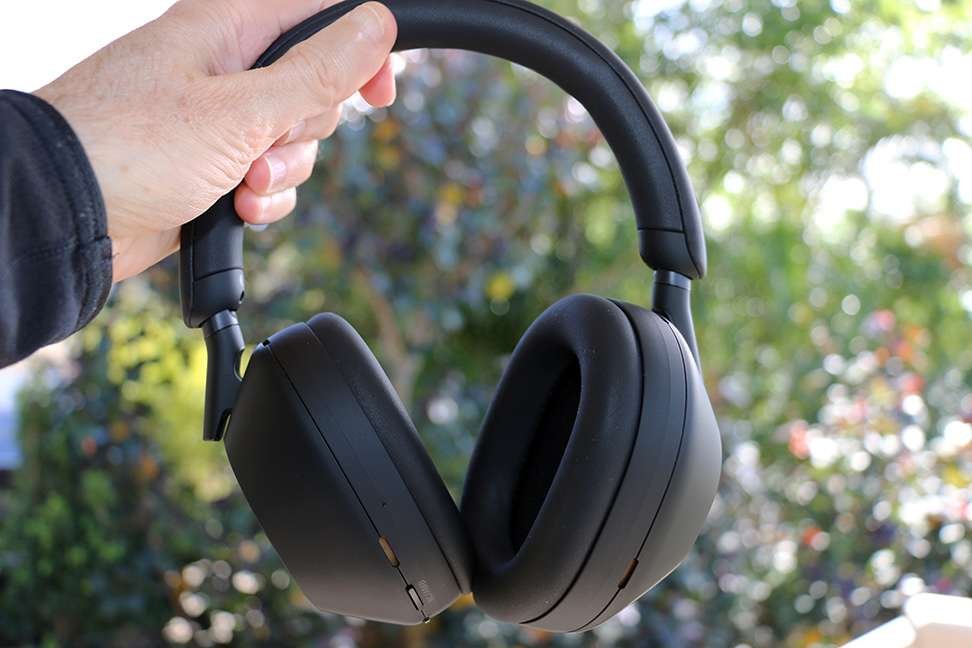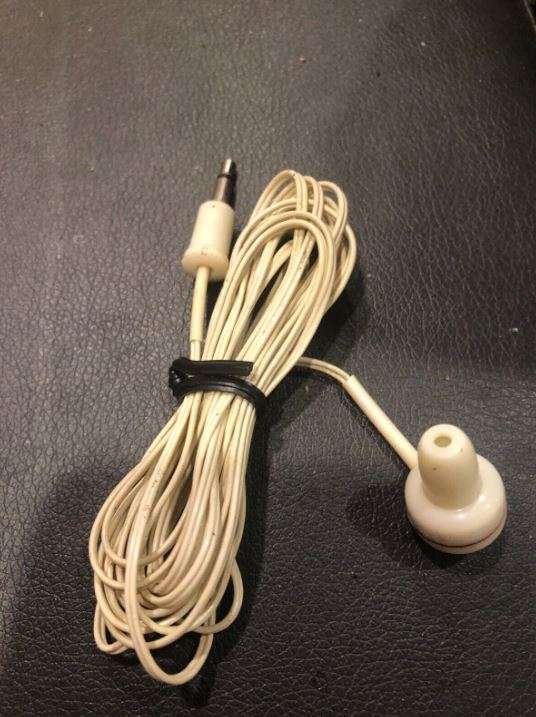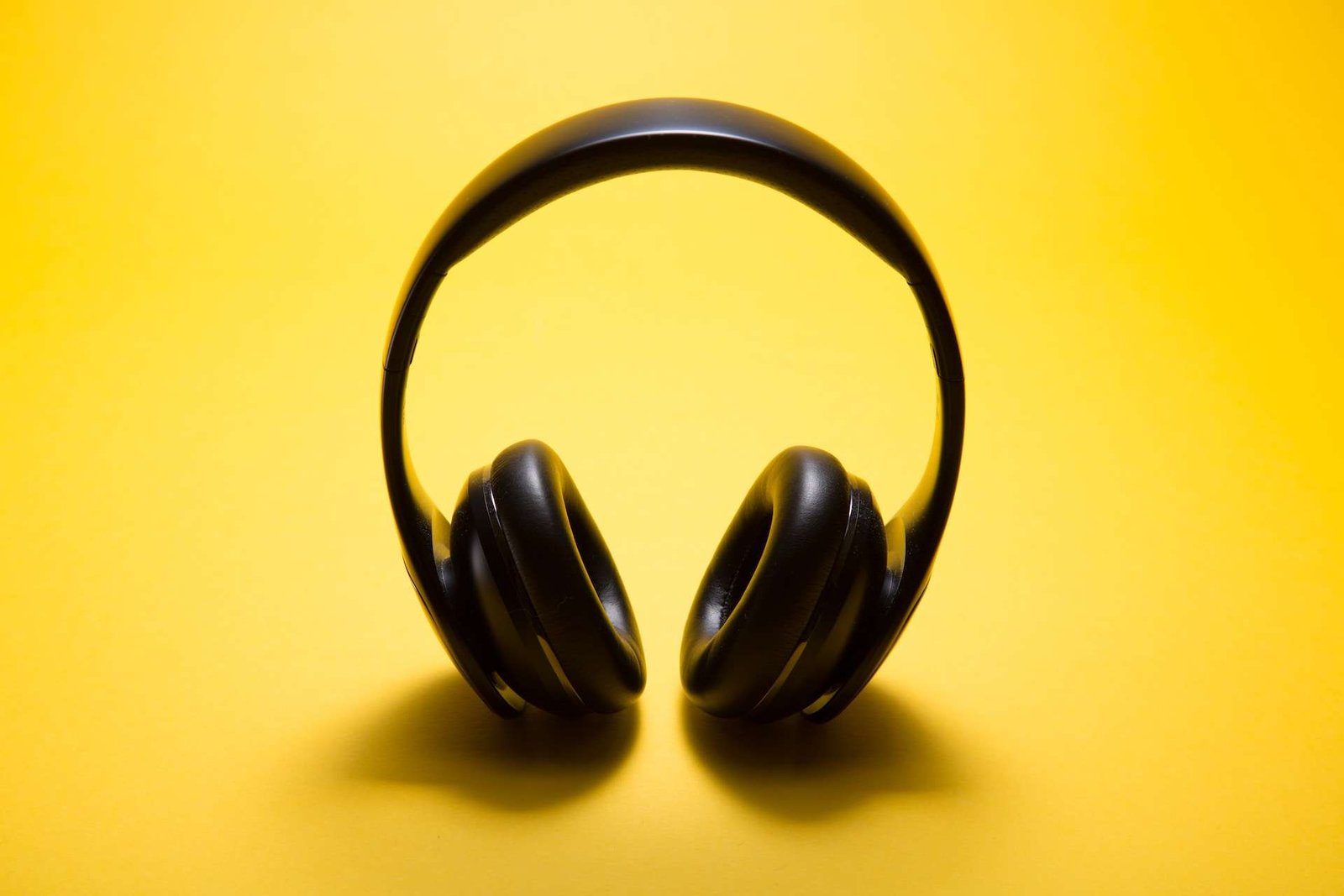As an Amazon Associate, I may earn commissions from qualifying purchases made by following the links in this post. Learn more about this in my affiliate disclaimer.
While I’ve been working with an OT and a psychologist to help me muddle through the debilitating lows of Autistic burnout, I’ve learnt a lot about issues like sensory sensitivities, functional capacity, and planning and organisation. And I’ve learnt ways to help me manage or improve in each of these areas.
Sensory sensitivities is a biggy for me – think mealy tomato, think inward opening toilet doors – but I now have a range of tactics and tools that I use to help me.
The biggest of all the sensory sensitivities that affects me – really changes my mood in an instant – is noise. But not any and all noise; my auditory foibles are specific indeed.
I can attend a football match with 35,000 plus screaming fans, and that doesn’t affect me. But if there’s so much as a rattle or a squeak or a pinging sound coming from the interior of the car, you best clear the area.
Hearing people speaking from outside when I myself am hanging out inside my house, trying to relax, is the sound that bothers me more than anything else – that and walking past a parked car with the driver inside and its engine idling, something I’ve noticed happens with increasing regularity these days.
It bothers me so much in fact that I Googled it. Why do people sit in their cars with the engine running? I asked the almighty search engine. And, judging by the results it returned, I’m not the only one who finds this an issue.
The general consensus seems to be that it gets hot outside, or cold, and nobody wants to be either of those two things these days – because it’s uncomfortable. (That’s something else I take issue with. It is okay to sweat! Grumpy middle-aged man alert!!! 😝)
The car idling thing bothers me on a number of levels: Yes, the noise, the incessant but somehow delicate sound. But also, it cannot be good for the environment.
The Environmental Defense Fund, who operate out of China, Europe, India, and the United States (but not, sadly, Australia – we have the much smaller Environmental Defenders Office instead) have an entire section on their website devoted to ‘idling engines’. (See, it really is a thing.)
According to them, “…an idling car can release as much pollution as a moving car. Sitting in an idling car means you are breathing in more of the dirty exhaust that leaks into the car cabin. Any warmth (and by association I’ll add here, any ‘coolness’) you may get from a car heater (or air conditioner) is not worth the damage to your health.”
So there’s that – the pollution and the fact that it’s also bad for your health. But, as I’ve been at pains to point out, it’s the noise pollution aspect of it that drives me spare.
Whenever I go for a walk these days it feels like I come across at least one person (but typically many more) sitting in their idling car, tap tapping on their mobile phone.
I find myself fantasising about knocking on their window and telling them to turn their bloody engine off! We don’t always need to seal ourselves away in a comfort-controlled bubble!
Once, I actually did jump down off my deck, where I was eating lunch, and walk out into the street and say to the guy sitting in his huge white 4WD (reminiscent of Jonah’s whale) parked in front of my house (with the air conditioner on and the window down!), “Can you please turn your engine off, I’m trying to eat lunch up there.”
“Oh, sorry,” he said, looking up from his phone and out through the passenger-side window as if shocked that my house even existed.
He did turn the engine off, but as he did so I thought I saw the features of his face tighten as I turned and walked away. Most likely, I surmised, because he was confused and processing to what lengths my madness would take me.
He never has parked directly in front of my place again though. So, you know, small mercies.
So, how do I cope with noise sensitivity?
Fortunately, there are several ways to block out the clang and clatter of the outside world if it’s something that bothers you and you don’t happen to live in a house with double-glazed windows (maybe something for me to consider down the track).
Music, and the seemingly humble headphone, have become my go-to options when it all becomes too much.
These days there are so many options when it comes to attaching your favourite tunes (or even unrelenting silence – thank you noise cancelling features) to your head that I thought I’d help take some of the leg work out of it for you by running through some of my (and my wife’s – thanks honey 😉) favourite options.
I’m not recommending just anything here either. I either tried these on in store (and then bought them elsewhere at a better price 😀) or I, or my wife, actually own them and can vouch for their overall value and how much they help us.
And because I’m a bald guy – no way around it, I am, proudly bald! – comfort is key for me. After wearing headphones for even a few minutes, the top of my head can really start to hurt, or sweat, or get itchy, so you know I’m going to go that little bit further when it comes to judging how the ol’ ‘ear cans’ feel.
Over-ear headphones
These are my go-to option when I need to block everything else out, regulate my emotions, or just enjoy some tunes. That’s because (yet another foible of mine) I can’t stand the feeling of putting anything inside my ear.
That rules out a lot of options, but not everything. And you might be surprised by what you can still get if you go looking for it. More on that later.
The headphones I use are Sony’s industry leading noise cancelling WH-1000XM5. They aren’t cheap. But the reason I chose these over all others is that you can turn the noise-cancelling function on and off – something I couldn’t find in any of the other over-ear headphones I tried out. That means that if you start to find the noise cancelling ‘intensity’ too much, you can let ambient sound back in.
I actually love the noise cancelling capability of these headphones – instant silence! – but sometimes you just need to be able to hear who’s creeping up on you.

It’s also worth pointing out that I receive funding from the NDIS here in Australia (find out how I made my application), to help me buy sensory items like these top-of-the-range headphones. This, I must say, is so appreciated because finding out I’m neurodivergent so late in life has, to my mind at least, already cost me more than enough.
Other good options for over-ear headphones include the Bose Noise Cancelling Headphones 700, which came in a close second when I did my own ‘headphone research’, the Sony WH1000XM4, which are older and cheaper than the XM5’s I bought in mid-2023, and the more budget-friendly JBL Tune 760, and Razer Opus X.
If you’re feeling nostalgic, however (remember that surprise treat I promised you?), and want a really cheap, lightweight option (without noise cancelling functionality), then you must purchase a pair of the original, orange, foam headphones (pictured below) that I first owned when I was a teenager: SoundLab Lightweight Orange School Office Stereo Headphones.

Earbuds
Unlike me, my wife has no problem shoving what feels like the tip of a pencil into her ear (my description, not hers) and so, while she also owns a pair of the Sony XM5 over-ear headphones, her specific go-to noise cancelling option is the earbud.
The original transistor radio style single earbud is more than 40 years old now and lacks both the styling and ‘give’ of the modern-day versions. But, fortunately for my wife, there are many options better equipped for blocking out that pesky neighbourhood flute when it starts up, as well as the incessant babble from one’s devoted (but always distracted) husband.

While she tried out a few different makes and models of noise cancelling earbuds, including the Sony WF-1000XM5 and Bose QuietComfort Earbuds II, she ended up buying a pair of Apple AirPods Pro (2nd Generation).
That’s because, like the Sony over-ear headphones, the Apple AirPods Pro allow you to choose between complete noise cancellation and something Apple calls ‘ Adaptive Transparency’, which basically lets in some of the outside world while still reducing louder “environmental sounds”.
My wife wears these so much around the house that it’s gotten to the point where I now look at her ears before I speak as I daren’t waste anymore breath.

The AirPods Pro aren’t as expensive as the Sony’s and are comparable in price to the Bose. But if you’re looking for a budget pair of noise cancelling earbuds, then check out the Anker Soundcore Space A40, which I’ve read some people say do an excellent job of cutting out mid to high-pitched sounds like office chatter and air conditioner hum.
Loops
For those of you who can handle earplugs in your ears, your options continue unabated with the amazing ‘Loops’.
I’ve tried Loops, but because of my aforementioned issues with sticking things inside my ears, I can’t wear them. They are more comfortable than your traditional earplug, or than earbuds for that matter, but I still, from a sensory capacity, can’t come around to them. Once again, though, my wife swears by them.
Whenever we go to the shops, or to one of the many local cafes we occasionally visit for a caffeinated brew, she can be seen surreptitiously inserting her ‘clear Loops’ so that she can dampen the surrounding sounds, while still being able to focus on the dulcet tones of yours truly.
Loop Engage Plus Earplugs for Conversation have a decibel coverage of 16 that, according to Loops, “block out excess sound without affecting the things you need to hear.” (Right, as I said – like yours truly.)
These ‘crystal’ loops are almost invisible when my wife is wearing them and come with a range of ear-tip sizes – especially handy if the cavity size of one of your ear differs from the other.

Loop Quiet Noise Reduction Earplugs on the other hand, which my wife also owns, have a noise reduction rating of 26 decibels to “help you get in your bubble.”
My wife tends to use this Loop version more if she’s out and about on her own and wants some quiet. They come with a small carry case that she keeps in her handbag, so she’s always able to put her loops in when the need strikes.
There are many other versions of pointy-type objects you can pop in your ears that claim to “calm kids”, “improve sleep”, and “let you listen to music at a reduced volume without sacrificing sound quality or depth”. But my wife and I haven’t tried them all out, so we can’t recommend them.
Earplugs
Finally, and fortunately, there are some other options available to us ‘ear-insertion-avoidant’ types.
The one I’ve been using for years now (since long before I even discovered that I’m Autistic) are Mack’s Pillow Soft Silicone Earplugs. I’ve spent a small fortune on these over the years because I wear them for sleep and whenever I’ve swum laps in my local pool.
I almost can’t believe that my NDIS funding now pays for these. It really does make a huge difference to how freely I’m able to wear them.

Typically, I can reuse the same pair for around a week for sleeping, and two to three weeks in the pool, depending on how often I go. It all comes back to how long they stay ‘sticky’.
They’re not sticky like glue’s sticky (believe me – I don’t like sticky! 😖), but they do very easily mould and adhere to the contours of your ear, without needing to actually be inserted.
The proof of how well they seal is the fact that I’ve been able to use them when swimming – without ever getting any water in my ears.
I initially tried other brands and types of silicone, but I’m not even going to link to them here because I just don’t rate them against the Mack’s Pillow Soft that I wear. The rest, in my experience, are too difficult to mould into shape, or only last a night or two before they’re all dried out and won’t stay in your ears – very annoying.
But please, be my guest and do your own research on silicone, or putty, earplugs. And if you do find something else that works for you, I’m all ears. 😁
My wife’s ear sleepwear couldn’t be more humble. Since even before I started using earplugs to sleep, she’s been using these 3M – Ear Classic Ear Plugs. She’ll buy a huge box of the things and has even been known to split the cost of a box with my dad. 🙂
Again, you have to insert these directly into your ear cavity, so they’re definitely not for the likes of me.

I did, however, try all manner of these style of earplugs before stumbling across the silicone ones I now use. The closest I came to being able to use any for sleeping were these Mack’s Slim Fit Soft Foam Earplugs. (No I don’t have shares in Mack’s earplugs, they just seem to really know what they’re doing, and this particular pair are very soft.)
The foam earplugs, like the Mack’s slim fit and the 3M ones my wife swears by, do have a higher decibel blocking capacity than the silicone ones that I use. But I just couldn’t get used to the feeling of something inside my ear. So, in the end, I traded some of that increased sound blocking capacity for overall improved comfort.
Don’t ignore the warning signs
If you’re Autistic, neurodivergent in some other way, or just looking to block out the incessant noise of the world, it’s important to recognise and accept that sound might be a sensory sensitivity for you and cause sensory overload and all of its associated effects – just like it is for me and my missus.
And if sound is an issue, then for your wellbeing and quality of life, I implore you to do something about it by making a small investment in one or more of the choices I’ve provided here for you.
Noise cancelling capability, durability, affordability, and comfort are all options to consider when making your own choices. If you do have access to NDIS or similar funding, then, as I’ve discovered, it really is a game changer.
No matter which option you decide to go with, I sincerely hope that it brings you some measure of comfort, and, most importantly, peace and quiet.


Thank you very much for this very exaustive review about noise canceling devices.
I was trying to work with the start of a migraine coming up and the neignbour mowing his lawn when I decided I had to do something about it.
I don’t know if I am autistic (I am starting to question it since my son was lately diagnosed with autism at 18), but noise has always bothered me, with or without a migraine.
I will try some of the devices you suggested.
Thanks again!
Cristina from Italy
Noise is my BIGGEST sensory trigger by far. I swear by my Earaser ear plugs. I got them years ago for concerts (music is both soother and a special interest), and they are a critical part of my daily life…in stores, concerts, transit, restaurants, sporting events…I can’t go anywhere without them. They come in multiple sizes so whatever size your ears are, they should fit. And I can keep them handy on my keychain. I’m US based so I don’t know how widely available they are elsewhere. But I love them!!!
They sound like a great option as well, Sara. I’ll have to check them out. Thanks for sharing. 🙂
I found them online at Amazon for anyone who is interested. There’s the 31 decibel version: Earasers Music Max Ear Plugs -31 db Peak Max Filter [non-affiliate link].
And this is the link to the 26 decibel Earasers Noise Cancelling Earplugs [non-affiliate link].